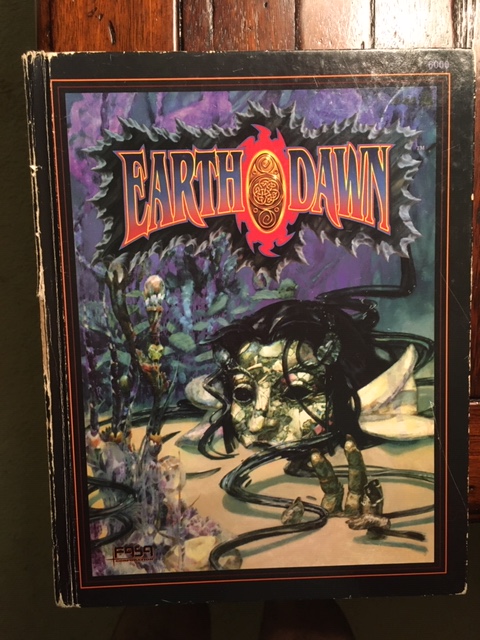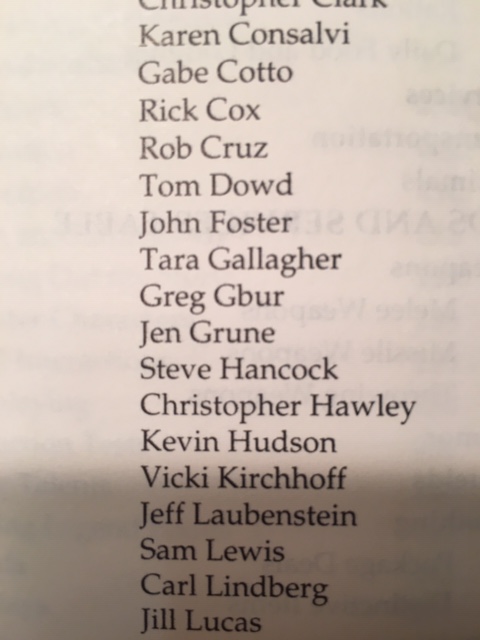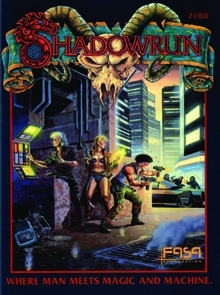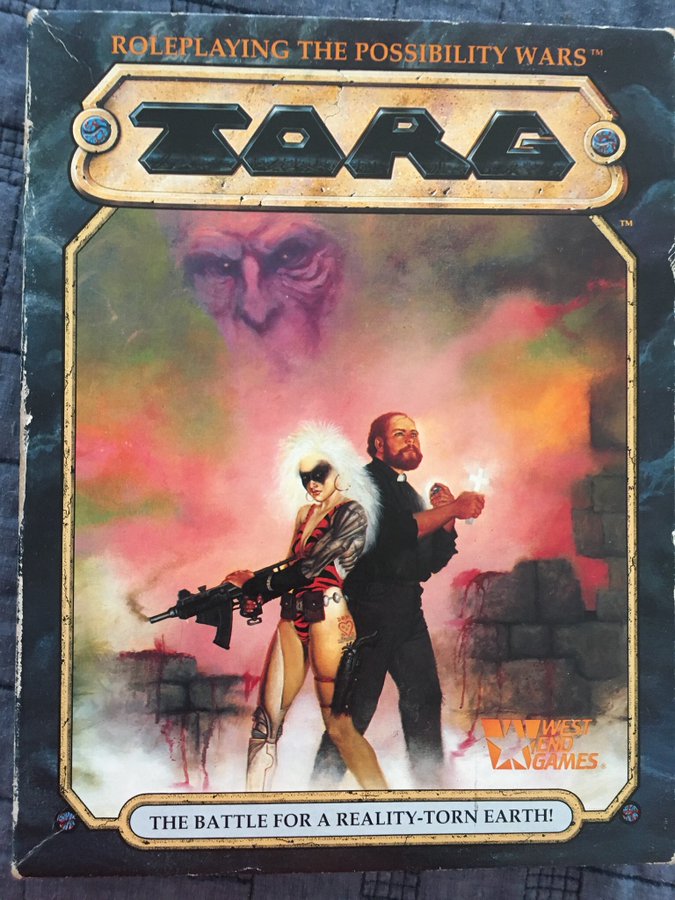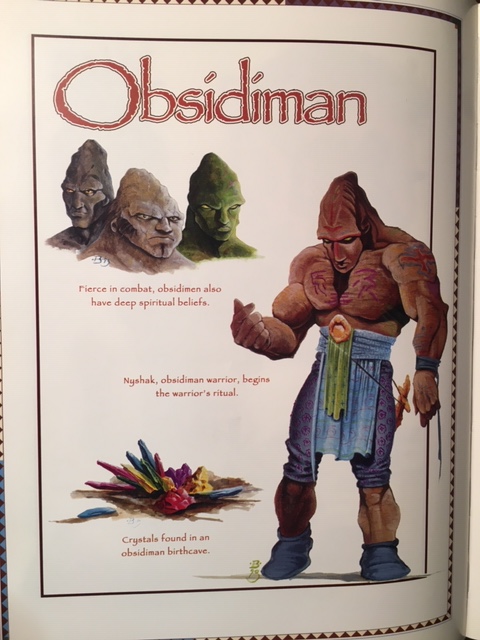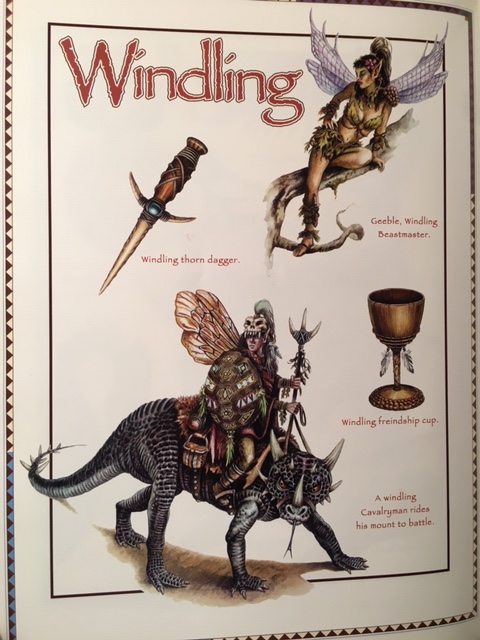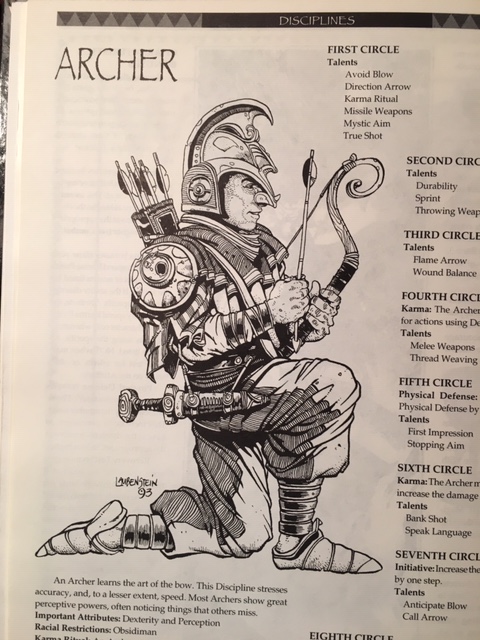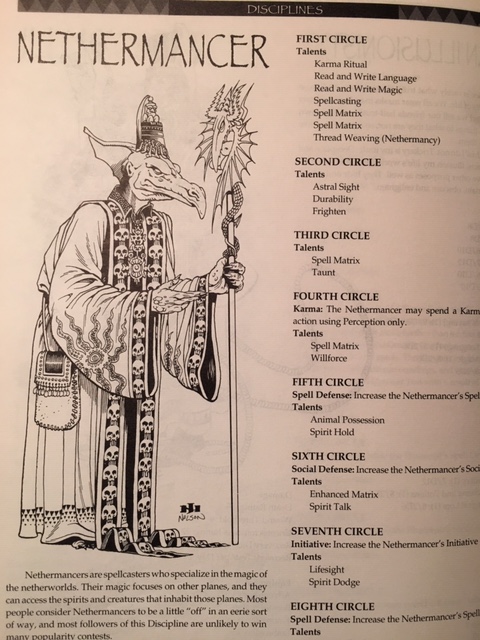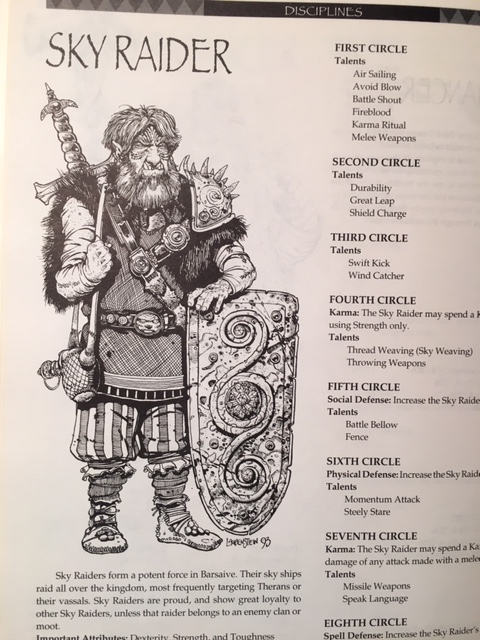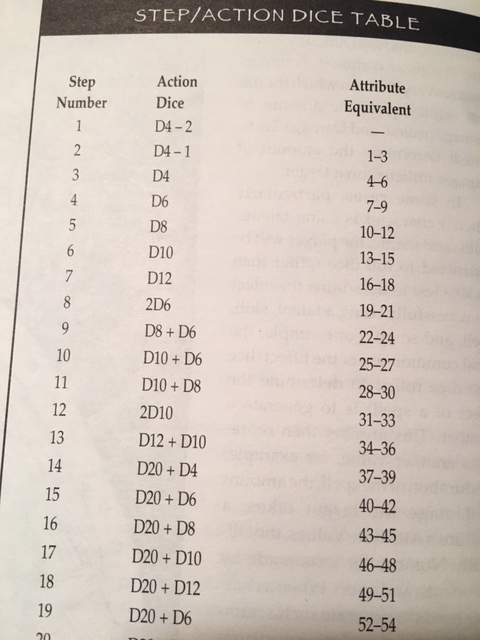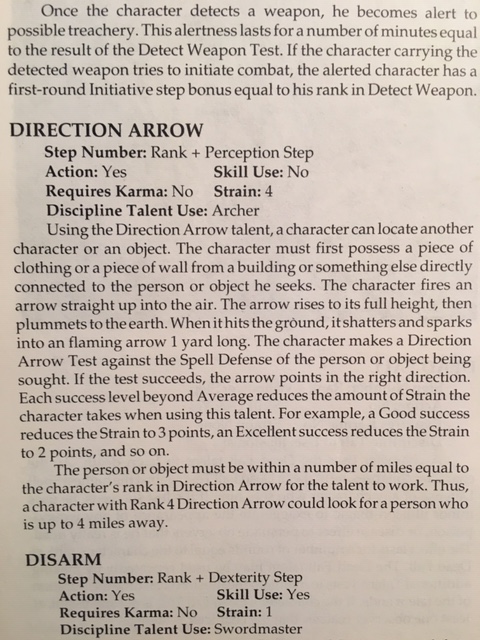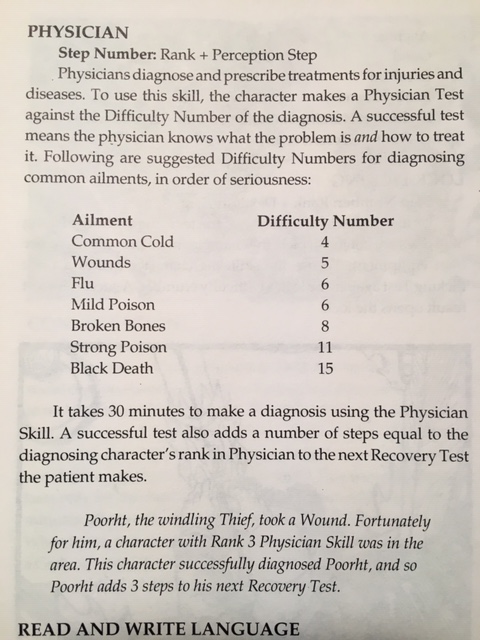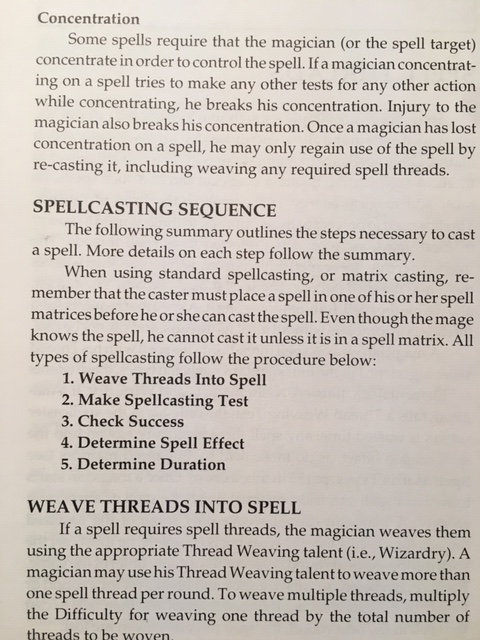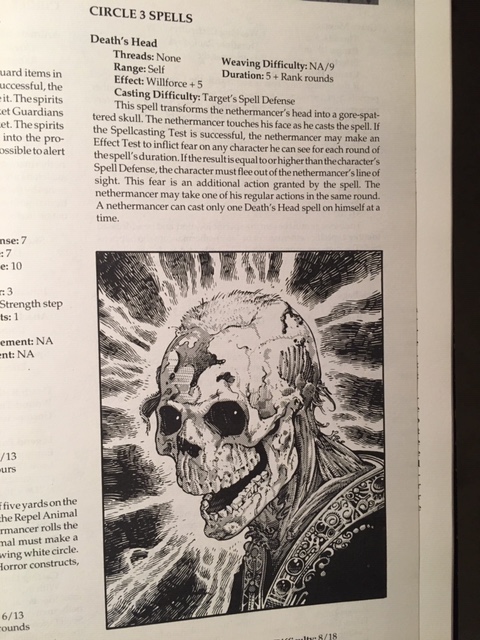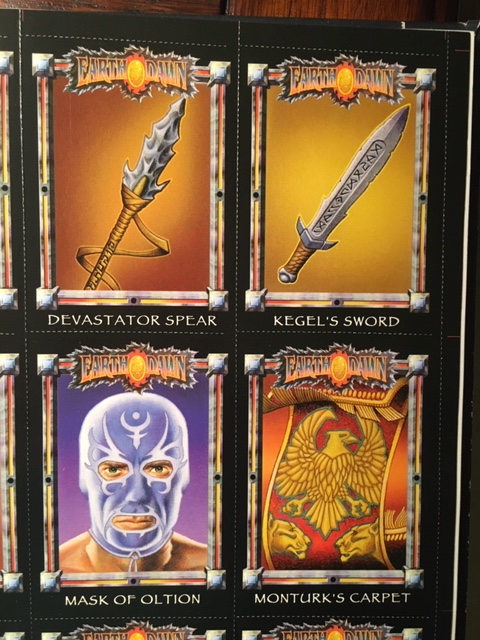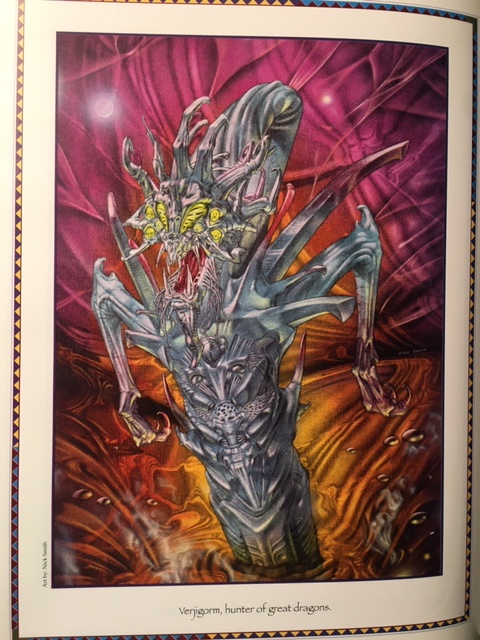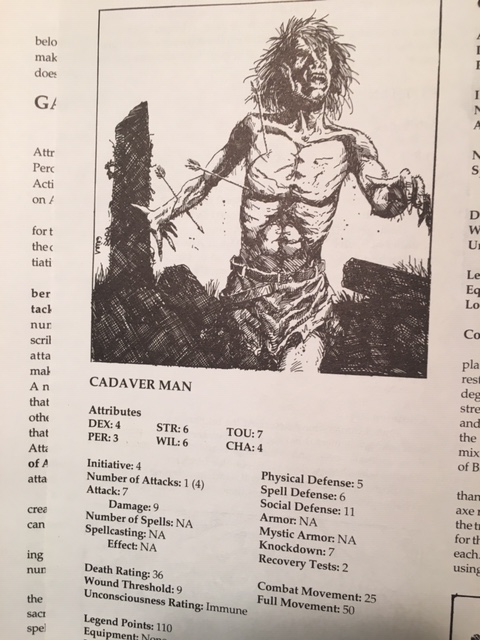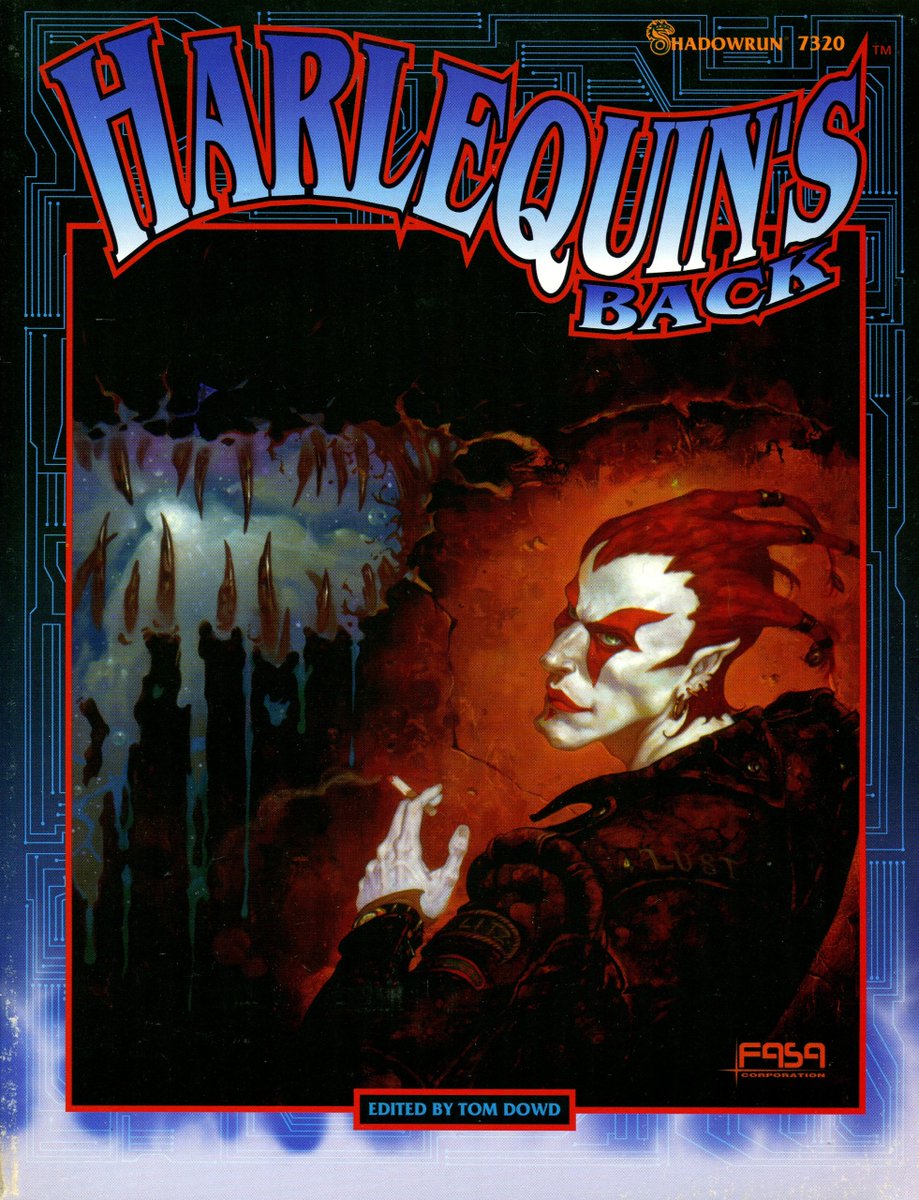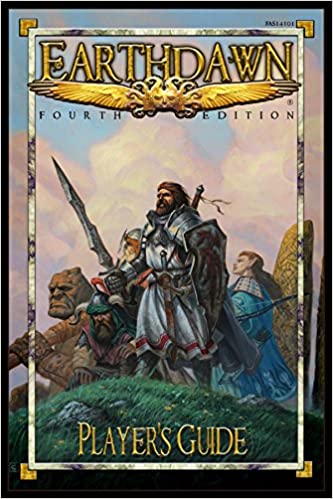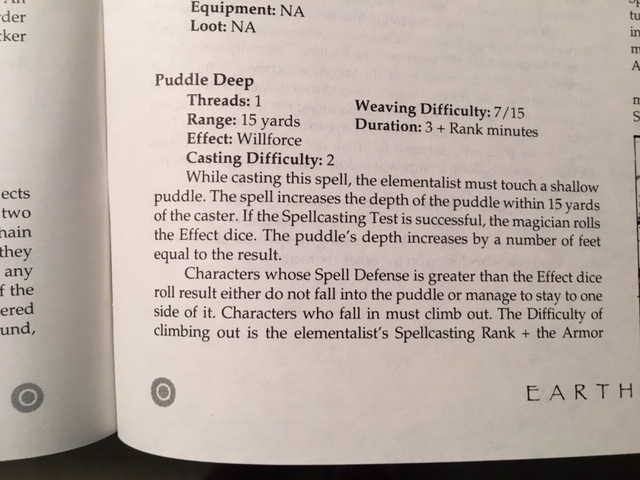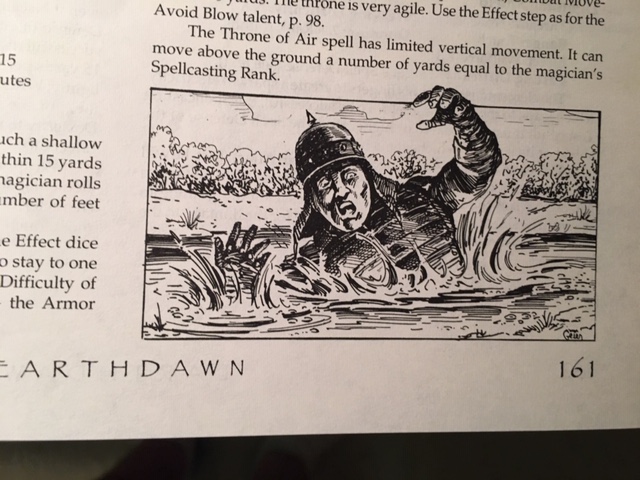Okay, let& #39;s do a rather lengthy #OldSchoolDungeonsAndDragons thread, about an attempt of a competitor for Dungeons & Dragons: Earthdawn (1993), by a team at FASA Corporation! (And one I have personal info about!)
So I have some personal knowledge about the making of Earthdawn because I worked conventions and playtesting for FASA back in college and early grad school. I was a playtester for Earthdawn, and my name is in the book! See? There I am!
So this thread is a bit about the game itself as well as some personal recollections about the thinking behind it (though some details may be slightly off, of course, as I& #39;m going by memory).
By the time that Earthdawn was planned, FASA Corporation had the 2nd most popular RPG out there -- Shadowrun, a fun mix of future cyberpunk and fantasy set on Earth. As FASA folks said, "people were playing D&D; if not that, Shadowrun; if not that, something else."
So it was natural for FASA to see if they could go a step further and claim some of the high fantasy RPG market long held by TSR with D&D. Some folks at TSR described their new project as a "D&D slayer."
(This was mostly a joke, I believe, as they weren& #39;t interested in destroying D&D, but their goal was to make a game that would serve as a worthy competitor.)
So a lot of work and thought went into make a game that was distinct from D&D but would capture the same "feel" and "magic" that made it popular. They brought in Greg Gorden, the brilliant fellow who made the rules for TORG, to create the mechanics for Earthdawn.
One lesson learned from the success of D&D? That D&D players love rolling and collecting weird-shaped dice, so Earthdawn would feature all the polyhedral dice, not just a bazillion d6s like Shadowrun had used.
Stats were designed to be similar to D&D as well, with 4d6 (highest 3 kept) rolled for each of Dexterity, Strength, Toughness, Perception, Willpower, and Charisma. One could also assign points for attributes, if randomness wasn& #39;t your thing.
But Earthdawn would make major departures in its choice of races and classes. Familiar types are present, like elves and dwarves, but also unusual new races, such as the stony Obsidiman and tiny but magically powerful Windling.
Some standard disciplines (classes) were also present, like a standard wizard, warrior, and thief, but also more unusual types such as archers, cavalrymen, and nethermancers.
Some disciplines are very specific to the Earthdawn world, such as sky vikings, who fly and raid in magical sky ships.
D&D always had a weakness in calculating the odds of anything not combat. In fact, it also had relatively bad mechanics for combat. In Earthdawn, the result of an action determined by the use of a certain number of action dice, which are based on attributes and skills.
You can really see a lot of the thought that went into deconstructing what works and doesn& #39;t in D&D. It was recognized that low-level D&D characters don& #39;t get much to do. So every discipline gets "talents" to use. This anticipated the much more flexible 3rd edition D&D rules!
Talents are magical abilities that each class possesses. But each character can also get a few ordinary nonmagical "skills." The goal? Make sure that every character (and player) has something interesting to do in combat and out of it.
Spellcasting was also given additional thought. In early D&D, casting spells involved almost no dice rolling, other than damage. Earthdawn introduced additional mechanics, like "threads" that have to be woven into spells, to give casters their own challenges.
Higher-levels spells have more threads, and it takes time to weave threads -- but the process can be rushed, with more risk of failure. This added an element of strategy: balancing the need for speed with the need to succeed!
They really went out of their way to come up with some unusual and distinct spells for Earthdawn! Here& #39;s another fun one.
FASA really went all out in developing Earthdawn! In addition to full-color prints throughout the book, they included punch-out magic item cards.
A lot of thought went into developing the world of Earthdawn, as well. For instance: why would there be a bazillion dangerous dungeons peppered throughout the landscape, filled with treasure? Here& #39;s where the story gets interesting...
In Earthdawn, magic is apparently cyclic, swelling and diminishing over ages of time. When it is on the upswing again, mages of the world of Barsaive learn a horrible secret: when magic grows strong enough, the boundary between the world and other dimensions will weaken, and...
The Horrors will arrive. Evil, monstrous extradimensional beings that will overwhelm and consume the world. At the height of magic, they will be unstoppable and will kill everything living.
This cataclysm will be known as The Scourge. To protect against it, as it will last 100s of years, the civilizations of the world built massive underground defensive shelters, known as kaers, to survive until magic declines and the Horrors retreat.
The Horrors come in all types. The weakest ones are mindless eating machines; the most powerful are nigh unstoppable and often feed on the pain, suffering and madness of sentient beings. Here& #39;s one of them, Verjigorm, which specialized in hunting dragons during The Scourge.
Some kaers weathered The Scourge. Some were breached by Horrors and became ruins, filled with monsters and remaining Horrors. Others were infiltrated by intelligent Horrors before they were sealed and destroyed from within.
Some elves built living bunkers, surmising that the Horrors could not penetrate their defenses. But they miscalculated, and as the defenses began to weaken, they used magic to cause painful thorns to rip through their skin...
The intelligent Horrors who were the most danger cared not for creatures in perpetual pain, so the Thorn Elves had saved themselves, but at a terrible cost.
Generations passed, and the surviving kaers waited for magic to descend to a level where all the Horrors would be gone. But... the magic dropped to a lower level, and stayed there. After more years, explorers started leaving the kaers to explore the world...
... finding a world in which the Horrors still remain, but not all of them. And the different civilizations start to rebuild, and jockey for power in a world that is newly reborn. "Earthdawn."
(Actually, in the lore, "Earthdawn" is the name of the first sky ship to explore the new world and return with its crew alive. However, they are later overwhelmed by Horrors on a later expedition and the Earthdawn becomes a ghost ship.)
Even ordinary monsters in Earthdawn were reimagined to be distinct from D&D. The one that always makes me laugh: instead of "zombies" from D&D, you have "cadaver men" in Earthdawn.
If the story of magic rising sounds weirdly familiar, you may be an old school RPGer: this is also the basic premise of Shadowrun, where our ordinary boring ol& #39; Earth suddenly experiences a magic awakening. This parallel is not a coincidence...
The 1994 Shadowrun adventure "Harlequin& #39;s Back" would be a crossover of sorts, where the characters must race to prevent the Horrors from breaking through into the world of Shadowrun from the Astral plane much too early! Earthdawn is basically a Shadowrun prequel.
Shadowrun lives! The original game was dropped by FASA in 1999, basically the same time that TSR went under. But it survived in new editions licensed by other companies, and a fourth edition was released by a reconstituted FASA in 2014!
One last personal note to conclude: one spell in the game is Puddle Deep, in which an Elementalist spell-caster can temporarily turn a puddle into a deep pool, perfect for traps!
The spell even got a small illustration in the book! And... it& #39;s *my* spell! I came up with the idea during playtesting, and it made it into the book. They nerfed my ridiculously overpowered version, but I& #39;m still proud of my small contribution to the game. \END
PS my name appears in at least one other FASA game as a playtester...

 Read on Twitter
Read on Twitter